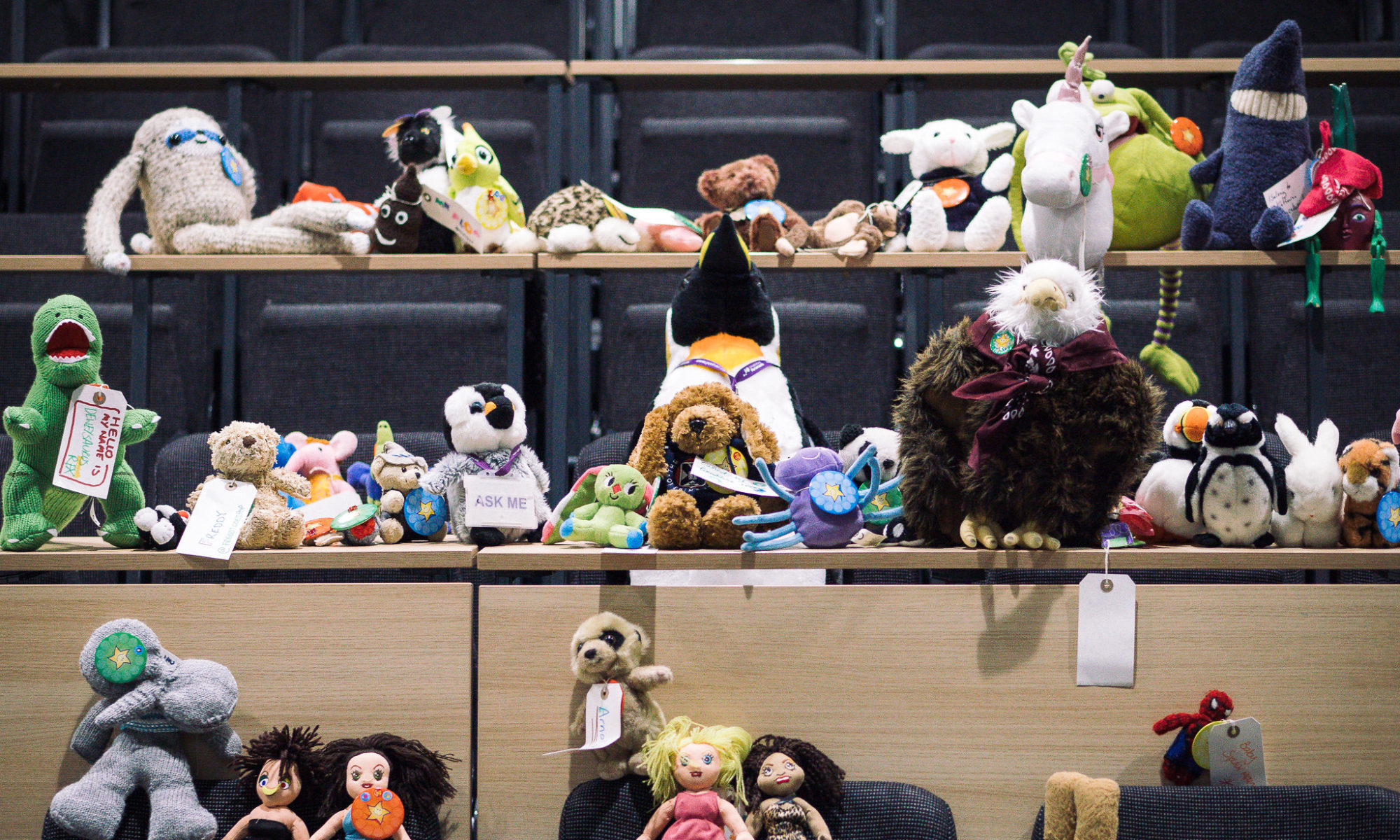Guest Blogger: Julia Reeve

Hello and welcome to the final #PlayLearn21 blog. I have fond memories of the 2019 conference, where you could find me playing with Lego under a tree or doing some mindful cutting and sticking. The online iteration has offered a diverse range of activities, from the thought-provoking to the downright silly: here’s my take on the Day 5 task…
The #Integrity task was all about those times when despite our best efforts, we fail to be as inclusive as we could be: judging by the number of responses on the padlet, this is something that struck a chord with many of us. Reading the example about cultural references, where Kermit the frog was unknown to learners, reminded me of a similar faux pas (not a very inclusive term, I know) when I referred to James Bond in a session with international students who looked at me blankly…
Getting inclusivity wrong is difficult to avoid, but the alternative is that we stay with the safe and less playful option: what impressed me about the examples given was the way that everyone was passionate about being as inclusive as possible and highly sensitive to the diverse needs of learners. In order to be aware of ‘failures’ we need to be highly tuned in to matters of inclusivity, and I found these examples inspiring rather than painful (well mostly).
A few key themes jumped out at me, which could be a starting point for a Manifesto for Inclusivity…
Assumptions
Several of the #failbetter examples mentioned assumptions or preconceptions about learners: these ranged from the general, aspects such as language, access to technology and disability to the very specific, for example assumptions about drinking alcohol.
Sometimes I’ve made the mistake of assuming that playful learning is inherently inclusive, when of course that’s not the case. Just like any type of learning, playful activities or games can exclude individuals for all the many reasons given: things like prior knowledge, learning differences or maybe not everyone likes playing (unbelievable but true). I agree with this padlet contributor: “I think its easy to impose your view of why they should play, or write off students as ‘non-playful”. So, how do we balance fun and play in learning with inclusivity and avoid “over-inclusivity paralysis”?
Optionality
The theme of optionality came through strongly as one way of balancing inclusivity considerations with playful pedagogy. Offering choice in activities, the lessons learnt from not offering more options and the clarity with which options are communicated all featured. Word games could exclude some learners including those with dyslexia, movement-based activities could exclude those with mobility difficulties and we may not all be in the same time zone. Being mindful about multiple points of view would appear to be key: “The more needs, and perspectives we consider, the better our output will be” (a tip for the forthcoming manifesto!). How can we have greater awareness of learner perspectives?
Actively seeking feedback
Several padlet contributors wrote about the role that feedback from learners played in making them aware of ways that they could make their playful teaching more inclusive. Feedback resulted in changes such as making Kahoot questions shorter and reducing the volume of music, signposting and explaining multiple options for engagement with content and many more. Having an ongoing dialogue with learners about their experiences appears to be vital in considering inclusion. So what else helps?
Vulnerability and transparency
I was touched by how honest the #failbetter accounts were: these experiences are painful, and I certainly find it hard to think back to those cringe-worthy moments. Some of the examples talked about ‘owning up’ to mistakes openly as a way to demonstrate a commitment to inclusivity. Whether it is thanking someone who has pointed out your error, being honest when things go wrong with technology (I’ve certainly had to use that one recently) or asking students for help, being vulnerable and open demonstrates that we are human and we care.
Final thoughts
Your reflections on those horrible, #failbetter moments have offered me some great ideas to change my practice: often those difficult, emotional experiences can offer important learning, so thanks for your generosity in sharing these.
We may have experienced something like this in the past that still informs our practice, or the memory may be fresh and still smarting: whatever our failing better story, reflecting on and sharing these incidents makes us all more sensitive and inclusive educators.
Of course, this is a never-ending process: just as we feel we have overcome one learning barrier, another appears in front of us. To finish, I’ll share a recent #failbetter experience of my own. In a LEGO Serious Play session I asked learners to choose a brick based on colour: afterwards I learned that one of the group was colour blind and that the task had been completely meaningless to them. Thankfully they helpfully offered their own alternative task based on texture instead. So I learnt something 🙂
Thanks for a fabulous conference, and look forward to seeing you all in person in July 2022!
Julia

